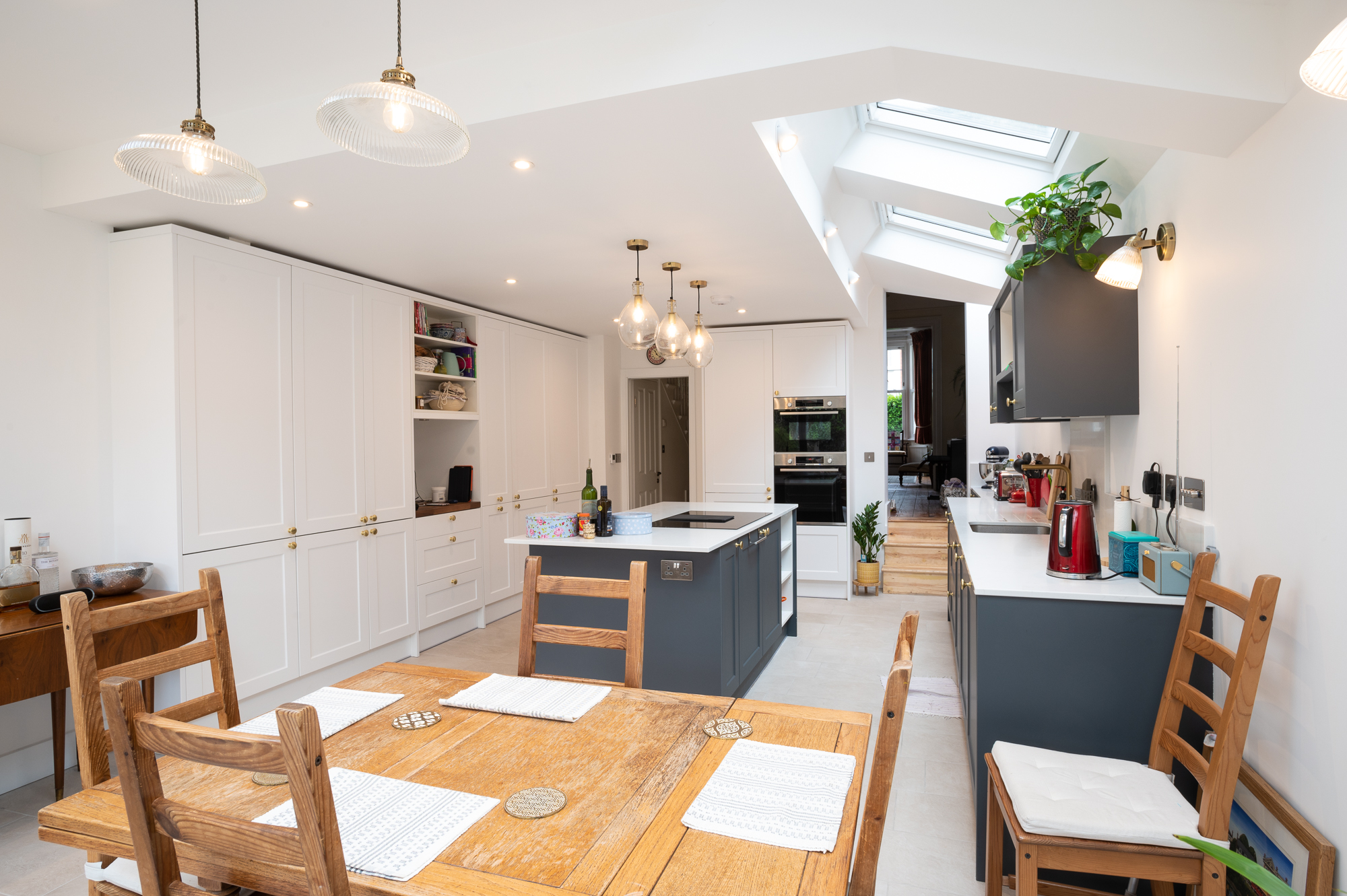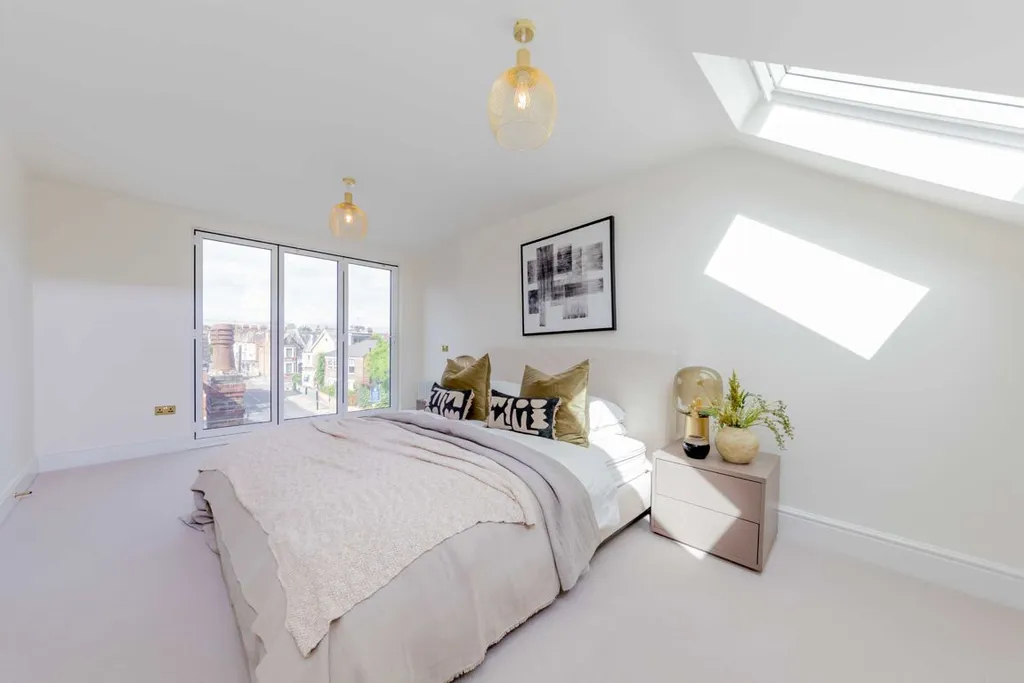Whether you are worried about your high energy bills or high carbon footprint, making your home more energy efficient is a sure-fire way to combat both problems.
And though you may be concerned with the cost of installing and implementing these energy efficient solutions, rest assured, the benefits derived easily outweigh any expense incurred.
So, if you are looking to make a truly impactful change, and save a lot of money in the process, employ these energy-saving strategies for a better, more sustainable future for your home.
1. Switch to energy-saving appliances

A simple but effective means of drastically reducing your energy consumption is by switching out old and energy-draining appliances with energy-efficient alternatives.
Check the energy label on the appliance to get an idea about its energy consumption. Appliances are rated on an A to G scale. So, an A-rated appliance uses significantly less energy than a B or C-rated one.
This includes everything from ovens and refrigerators, to washing machines and kettles. The size of the appliance also impacts it energy efficiency. So, consider purchasing smaller or mid-sized devices to save on energy bills.
However, these switches are not only limited to appliances. Another important consideration is the lighting within your home.
LED lights consume up to 75% less energy compared to incandescent light bulbs. Making the change to LEDs is therefore a proven way to increase the energy efficiency of your home.
2. Make use of the natural light

Daylighting refers to the strategy of bringing natural light into your home, and its benefits are obvious.
Not only does it significantly reduce the use of artificial lighting during daytime, but it also directly leads to decreased electricity and HVAC costs, allowing you to enjoy lowered utility bills. All of this, simply by investing in strategically-placed windows and skylights.
3. Invest in renewable resources

The advantages of utilising sunlight are not just restricted to daylighting.
Installing solar panels to generate electricity and power your own home has a dramatic impact on your energy bills, as well as your carbon footprint. And though the initial outlay is undoubtedly high, the savings generated make it a worthwhile investment.
Because besides drastically decreasing your dependency on fuel, you can even sell any surplus energy back to the national grid.
4. Perfect the insulation

Inadequate insulation is often the primary cause for energy draining from your home, whereas proper insulation allows your home to retain the heat, and allows you to save on energy.
Insulating your home requires a multi-faceted approach, and everything from the floor to the walls must be considered. This includes solid walls, cavity walls, and especially the loft space. Each of which loses considerable heat throughout the year, and requires a different insulation strategy.
Also consider draught-proofing, and double or triple glazing your windows, to prevent energy leaking through your windows. Once again, even though the initial cost may be high, these revisions and changes help you to save energy, and money, in the long run.
5. Invest in energy efficient heating and cooling systems

By this we mean it is time to upgrade your boiler.
And since the boiler accounts for over half of your energy bills, switching to an energy efficient boiler can literally save you hundreds of pounds a year in energy bills.
Not to mention the reduction in the amount of carbon dioxide emitted from your home, helping you to make a significant change in your carbon footprint.
6. Sweat the small stuff

Because the small stuff could lead to big energy bills. So, look into the little things that could be tweaked or replaced.
For instance,
- Unplug your appliances and chargers when not in use. This not only reduces your overall energy consumption, but also reduces the risk of damage caused to these devices in an event of a power surge.
- Opt for water-saving shower heads, low flow taps, and low flush toilets to help decrease your water and energy usage.
- Consider using motion or occupancy sensors to control indoor and outdoor lighting. This allows you to save up to 30% of the energy used for lighting and prevents needless wastage.
- Invest in smart meters that allow you to keep track of your energy usage in real time to help manage energy consumption better. They also enable you to control the settings of your heating devices remotely, to prevent unnecessary consumption in different parts of your home.
Conclusion
Making your home more energy efficient has numerous benefits. Not least of which is the ability to save money while consciously taking care of the environment. And though some of these energy-saving remedies may seem costly, every single one of them is guaranteed to be a crucial step in reducing your energy consumption, your carbon footprint, and the amount of money you spend on energy bills.
Want to save money and the environment at the same time? Contact the energy experts at Good Design and Build today!
We help create specialised solutions to combat high energy consumption, while designing the ultimate environmentally-friendly, and energy-efficient home.




